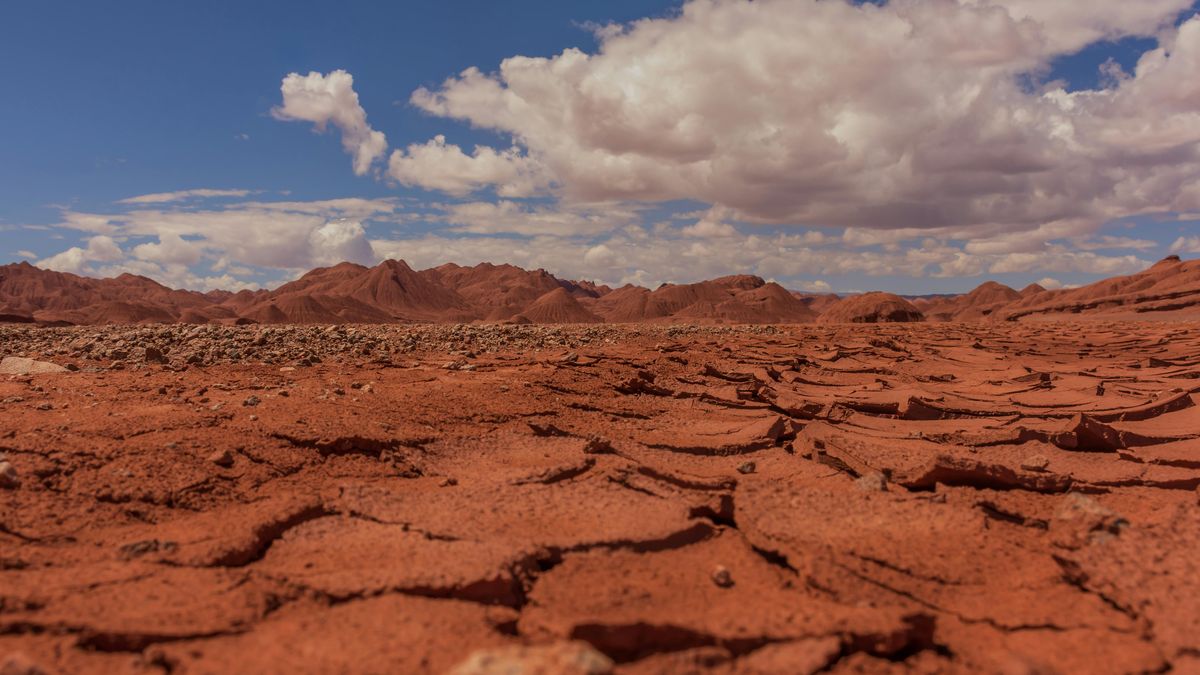The World Meteorological Organization estimates the real possibility that the climatic phenomenon will repeat a scenario of historic droughts such as those recorded between 2020 and 2023 in the southern region of the American continent.
Latin America and the caribbean They prepare for the arrival of The girl with forecasts of a season of hurricanes more active than normal and a high climate variability in the south of the region, which has just recorded the heaviest snowfall in decades, experts said Tuesday.
The content you want to access is exclusive for subscribers.
At an event organized by the World Meteorological Organization (WMO) In the region, experts agreed that it is necessary to prepare for the development of hurricanes in Central America and the Caribbean and the possibility that the La Niña phenomenon will repeat a scenario of historic droughts such as those recorded between 2020 and 2023.


“We have just gone through three years of a fairly prolonged La Niña event that brought droughts to southern South America, extreme, historic droughts with great impact, and then a fairly rapid transition to the El Niño phenomenon,” he said. Jose Luis Stellafrom the Regional Climate Center for Southern South America.
“Now, once again, we are in a transition to the La Niña phenomenon. Not only are we in an extreme climate, but also in a fairly extreme and rapid variability (…) I think it is good to reflect on how these El Niño and La Niña phenomena are impacting in a context of climate change.”he noted.
La Niña has impacted the production of key crops in Latin America
El Niño-Southern Oscillation (ENSO) refers to variations in temperatures in the Pacific Ocean, consisting of two opposite patterns or episodes, El Niño (warm phase) and La Niña (cold phase).
The El Niño and La Niña patterns have consequences in different parts of the planet and in Latin America they have impacted the production of key crops such as wheat, rice and corn, causing effects on the economies of countries that are highly dependent on raw materials.
The La Niña event is usually characterized by an increase in the frequency of hurricanes in the Caribbean, something that is already evident with the presence of Hurricane Beryl, he said. Rodney Martinez, WMO representative for North America, Central America and the Caribbean.
Source: Ambito




